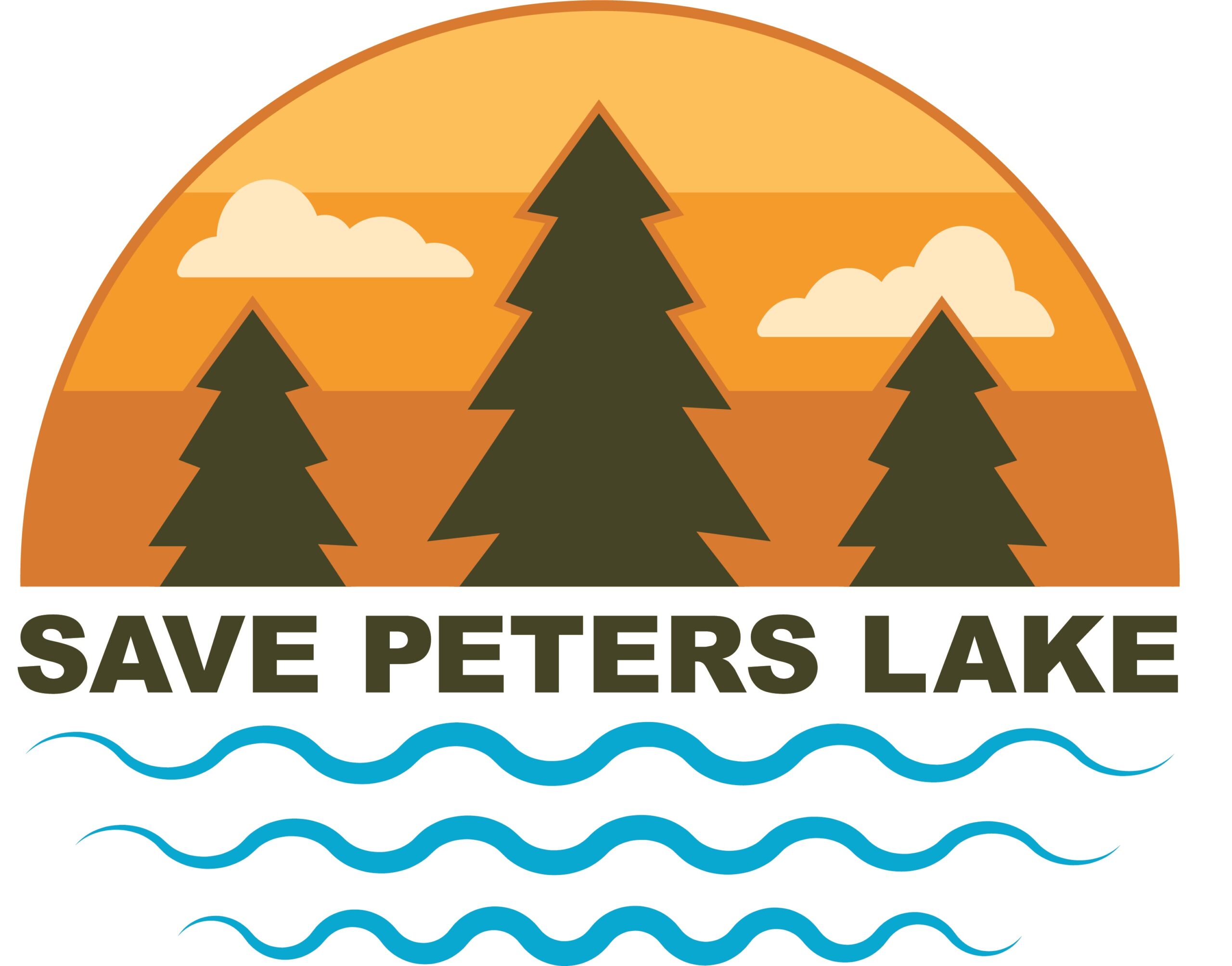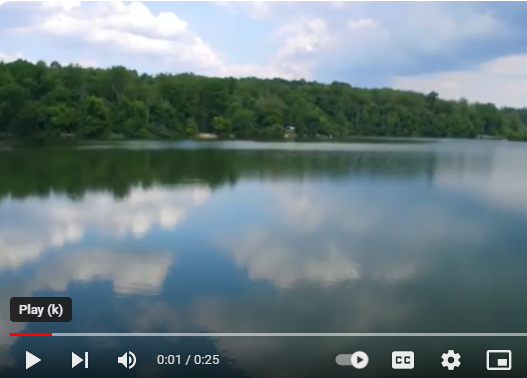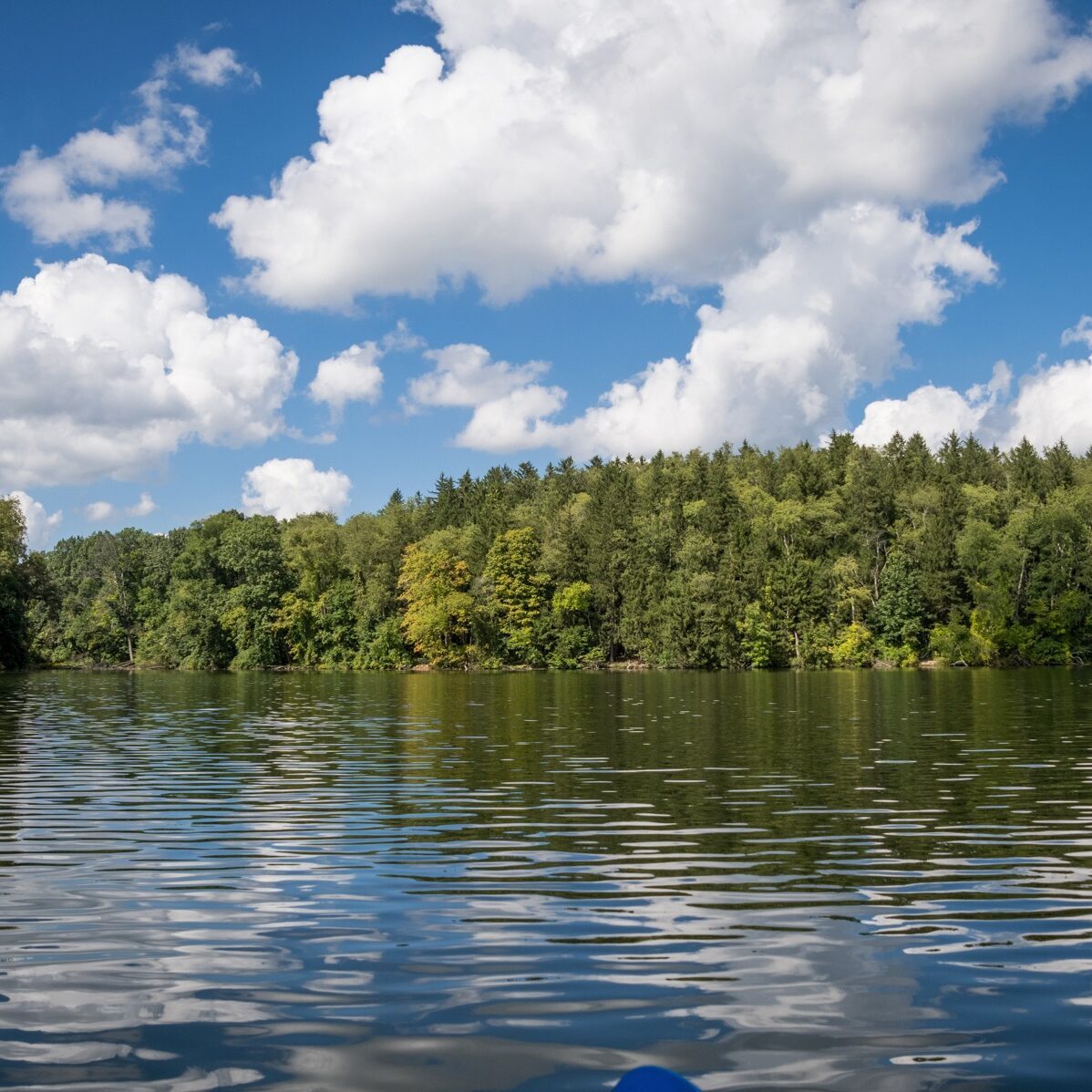
About Peters Lake
One of Western Pennsylvania’s beloved hidden gems.
This 189-acre forested oasis is a favorite of hikers, kayakers, and nature enthusiasts. The lake is home to largemouth bass, crappies, bluegill, yellow perch, channel catfish, shad, and carp.
The Pennsylvania Department of Environmental Protection (DEP) classifies Peters Lake and its tributaries as unimpaired, “High Quality,” and “Supportive of Aquatic Life.” These classifications are unusual for bodies of water in heavily mined and rapidly developing southwestern Pa. suburban neighborhoods.
A SITE OF STATE SIGNIFICANCE
Confirming what we
already knew. . .
Pennsylvania’s Natural Heritage Inventories detail the state’s important ecological resources. They help inform environmental decisions and guide conservation work and land-use planning. It’s no surprise they call Peters Lake Park a “site of state significance.” Check out page 217 — the rare White Trout Lily blooms at the lake. Find out why they say:
“Neighboring
residential properties should avoid clearing any additional forest here, to preserve the buffer…there is a need to monitor the impact of regional development projects throughout the watershed.”
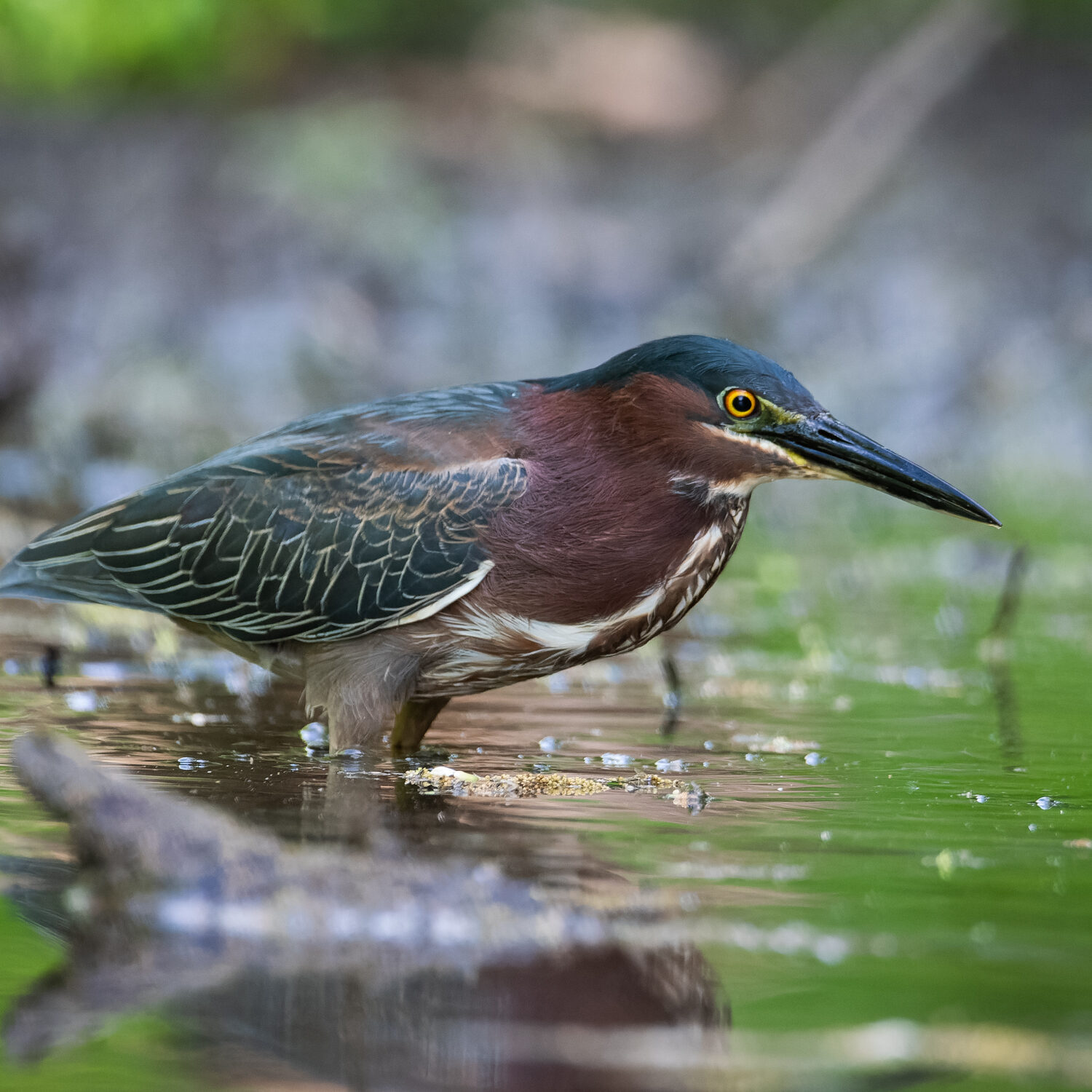
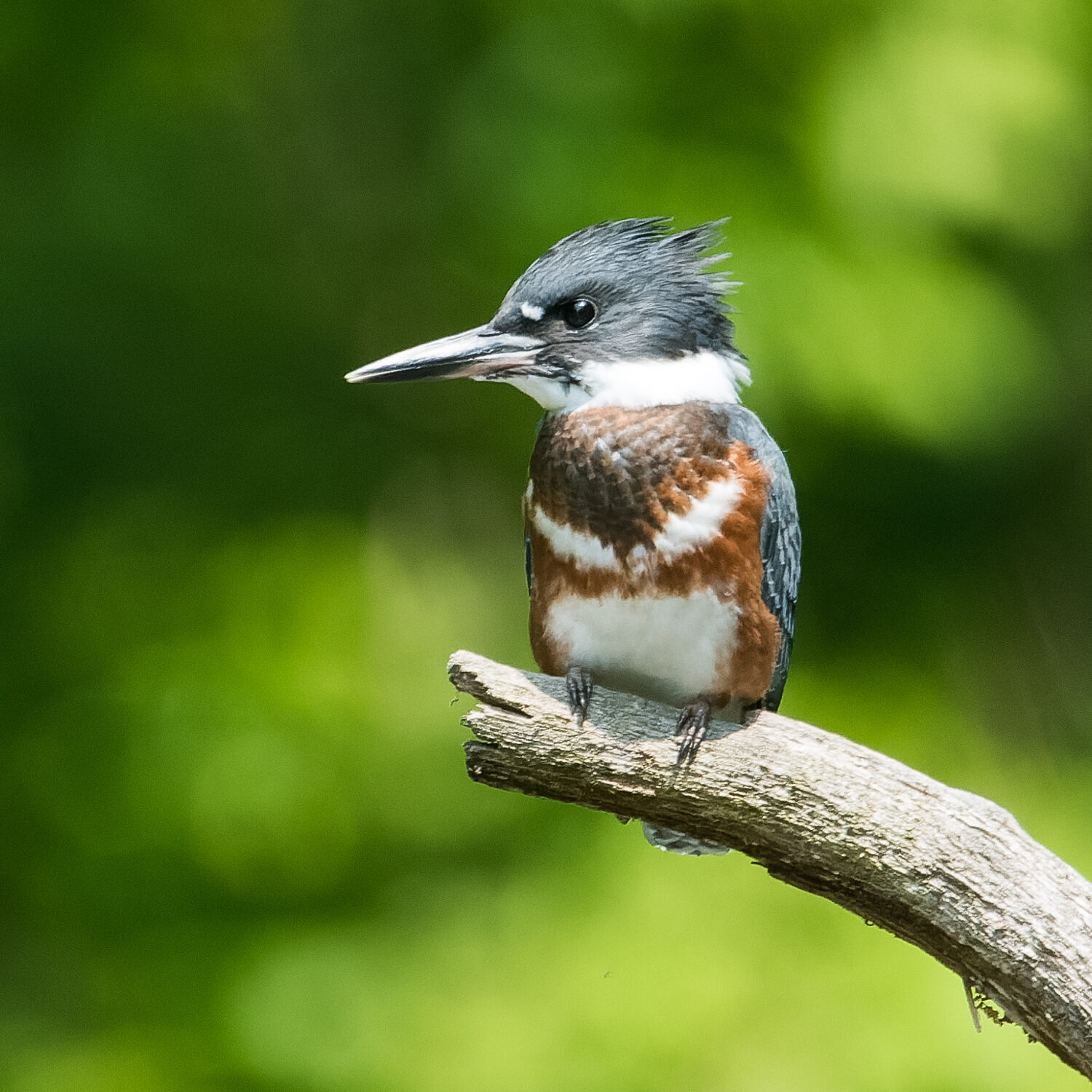
LAKE HISTORY
The land for the reservoir now known as Peters Lake was purchased in 1931 by the Pennsylvania-American Water Company to provide clean drinking water. The earthen dam was constructed in 1934. In 1992,
the water company put the site up for sale, and solicited proposals from developers. In 1994, Peters Township requested the water company provide them with an opportunity to match any private offer. In December 1994, the township
obtained the services of the Trust for Public Land to assist in the purchase of the property and, in 1996 purchased the site. The township, aided by the Lake and Woodland Society and other local groups, was determined to preserve
the land and its lake for future generations.
The park’s initial master plan is dated May 19, 1997.
Got binoculars?
Peters Lake is an
e-bird hotspot
Peters Lake Park is a “ Cornell Lab of Ornithology ebird hotspot.” Unusual waterfowl that have visited the lake during migration include Surf Scoters, Long-tailed ducks and Red-throated loons.
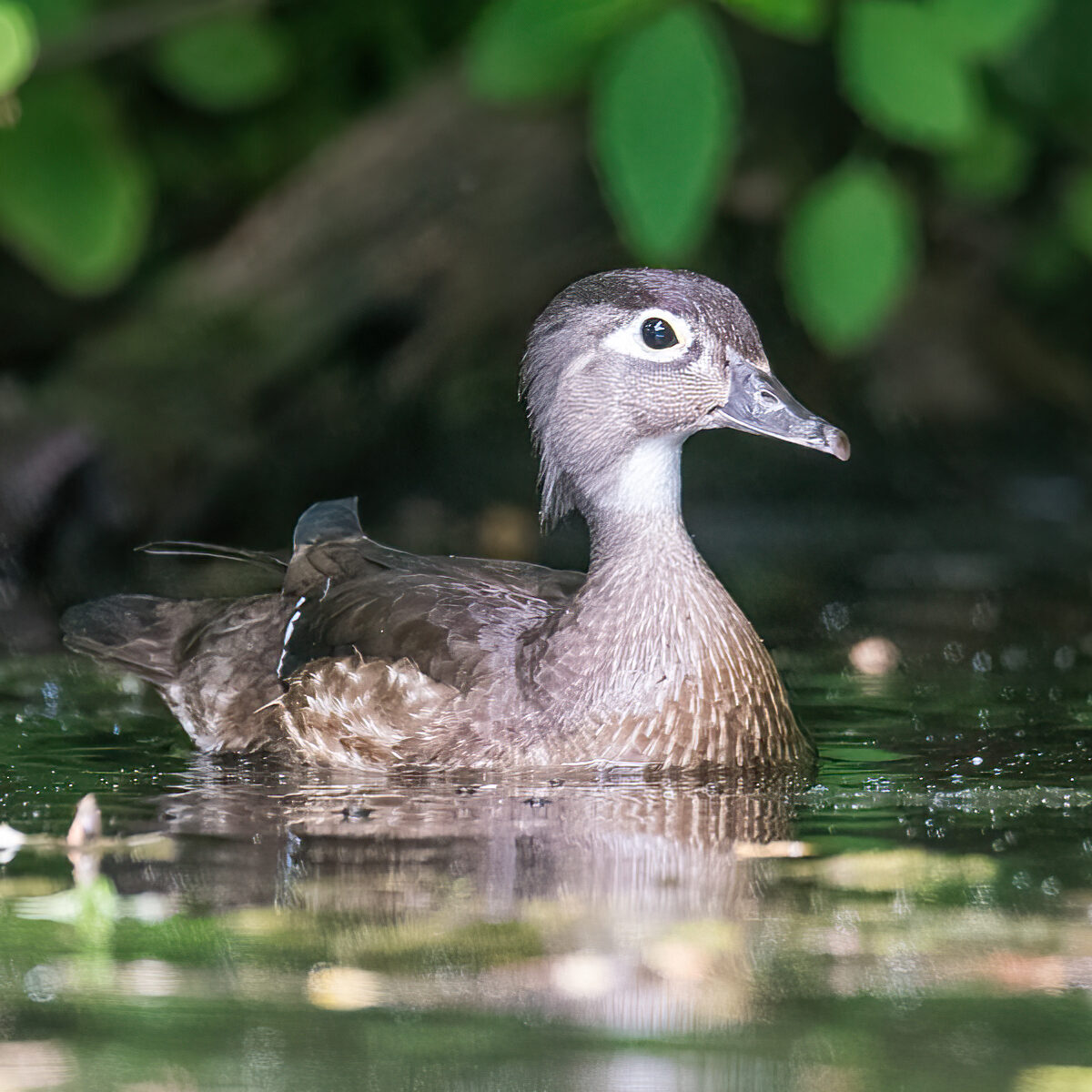
More than 500 species have been observed and reported to iNaturalist, an independent, internationally connected non-profit organization whose mission is to connect people to nature and advance biodiversity science and conservation .
